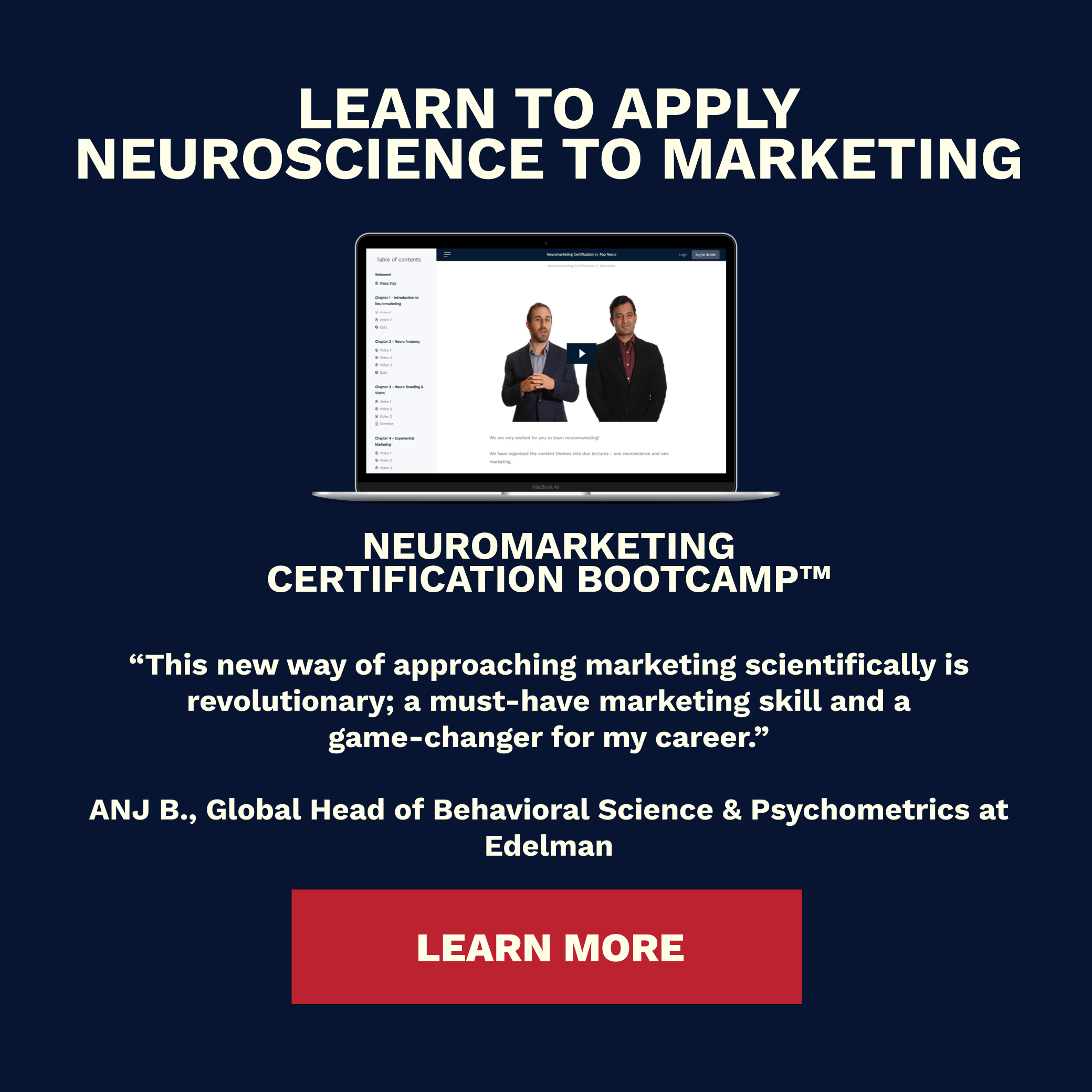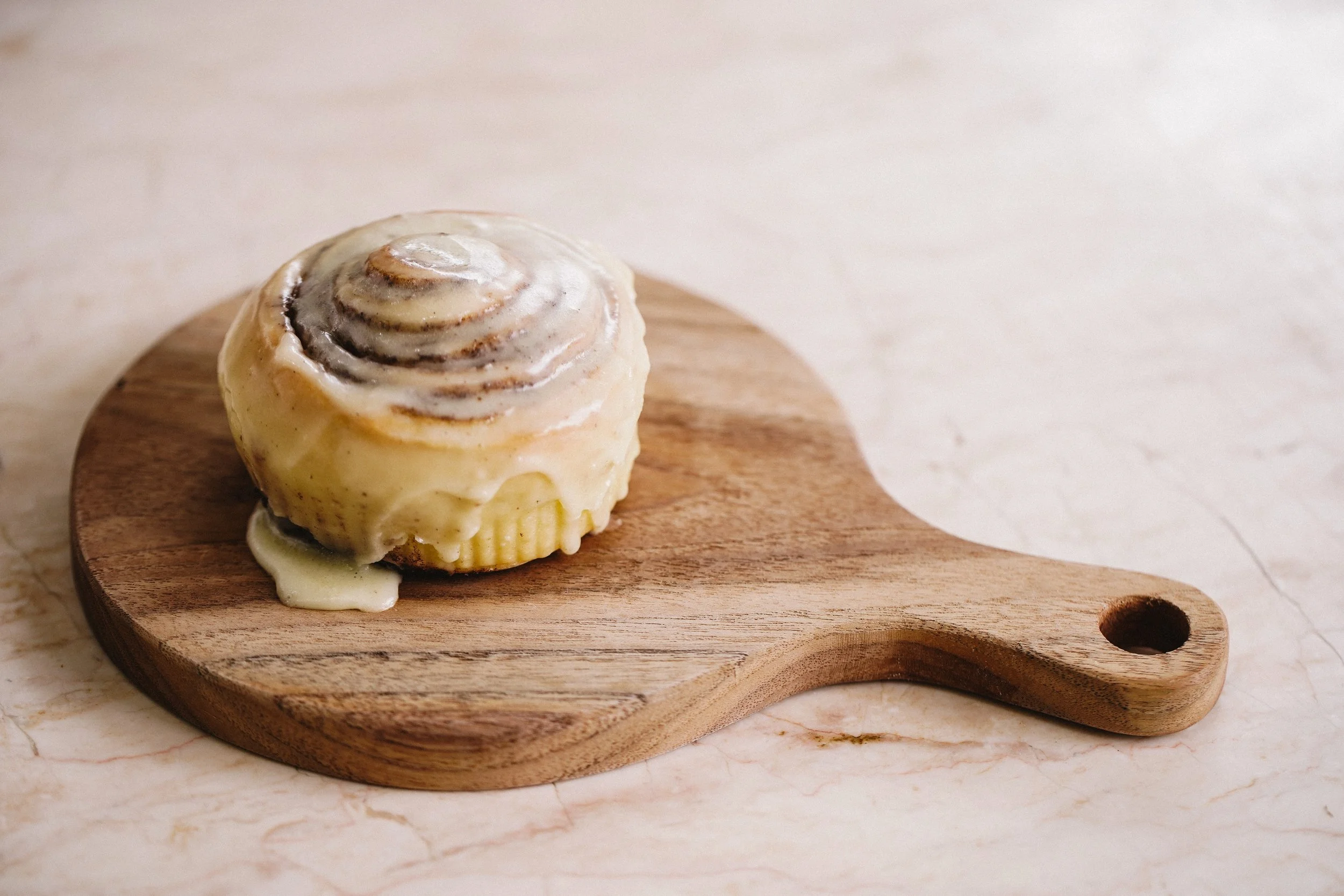How Marketers Can Utilize the Neuroscience of Pleasure

Photo by Kawin Harasai, Unsplash
Willy Wonka once said to Charlie, “Don’t forget what happened to the man who suddenly got everything he wanted.” “What?” asks Charlie. “He lived happily ever after.”
While the story is cute and all, when it comes to pleasure, it is simply untrue. This article will walk you through the quirky neuroscience of pleasure and its effect on marketing and consumer behavior.
On the one hand, pleasure is intuitive. You know it when you experience it. You enjoy it and want more of it. But in reality, most people, and even marketers, are surprisingly oblivious to the depths that pleasure drives behavior.
Let’s take a closer look at one particularly important and quirky feature of pleasure. Pleasure is fleeting. Despite what Willy Wonka says, in the real world of pleasure, once you get what you want, you don’t “live happily ever after.”
Think about a delicious piece of cake for dessert. You stab your fork in. You bring the first bite to your mouth. The pleasure is here. It is everything you hoped for and more!
Now think about how much time passed between when you first experienced the pleasure . . . and when you started thinking about the next bite - A second? Two, maybe? Almost as quickly as you experience pleasure, you’re already looking for more.
What all of this cake eating points to is that you cannot bask in pleasure forever. It’s momentary. However, the exact fleeting nature of pleasure makes it a powerful motivator that gets you to act.
The carrot needs to be dangling continuously. Satisfaction and contentment—at least of the longer-term variety—are at odds with pleasure.
This is why the brain experiences satisfaction and pleasure all too briefly. Or, more accurately speaking, why the brain experiences less pleasure the moment satisfaction is reached. You are built to always want more. It is called the pursuit of happiness after all.
To apply this to marketing, well, there’s good news and bad news. The bad news for marketers is their customers cannot truly be satisfied. The good news is that they will keep seeking new ways to be satisfied via purchases.
Apply this to one of the four Ps of marketing - products. Think about the fleeting nature of pleasure in context to your product portfolio. You can find ways to feed the consumers’ fleeting pleasure within your product suite by creating a natural progression between products.
Apple, for example, makes pretty minimal adjustments to their iPhone models each year, and yet, has a line out the door for the newest model. EA Sports does something very similar for their sports-themed games, such as FIFA or NBA Live. A new iteration is released each year. This way, for consumers, there’s always something new to anticipate and drive behavior.
Next, inject fleeting pleasure outside of a specific product line, into an analogous product line. Expand the product portfolio with small and large products which relate to the initial purchase.
If you sell boots, think of releasing seasonal laces to upgrade the look of the boots. The jewelry company Pandora executes this product strategy very well. Customers who buy a bracelet are periodically offered new charms and modular pieces to add to the bracelet long after the initial purchase.
This strategy is rooted in the neuroscience of pleasure and works to increase the lifetime value of your customers. By understanding how the fleeting nature of pleasure is coded into the consumer’s brains, you can increase the effectiveness of your product marketing. Curious to see how you can apply this to your product suite!
What’s Next?
The neuroscience of color has important implications for a wide range of fields, from design and marketing to health and wellbeing.
LeBron James' breaking of Kareem's record and the following interpretations illustrate the complex interplay between sports statistics and the psychology of statistics.
Memory is your brain’s attempt at connecting you to the past. Learn how memory can improve marketing!
This article will cover what the two consumer behavior motivations that marketers must know.
Learn a simply yet effective marketing strategy as it relates to system 1 & the law of least mental effort.
Moms know a thing or two about the psychology of guilt
Uncover the connection between the neuroscience of memory and emotion and learn how marketing can use it as a memory-booster.
Your brain is a relentless pattern-seeking machine. And these patterns affect consumer behavior in fascinating ways for marketers to note.
Since the brain has declared vision as the VIP amongst senses, you’ll never go wrong by finding more ways to be visual in your marketing.
Everything in marketing comes down to the brain, yet marketers don’t study brains.
The carrot needs to be dangling continuously.
Which of the following hits you harder: losing something or gaining something?
What if I were to tell you that you and everyone else you know is blind AND are entirely unaware of the blindness?
Attention is currency. Attention is a business model. But what is attention, really?
Find out the 3 crucial influences of a company revealing the gender pay gap on consumer behavior.
In 2003, everything changed with “1000 songs in your pocket”.
Find out why smell is to memories what a summary is to books.
What’s the best marketing strategy to make consumers more sustainable?
Can fashion be inclusive? Is fashion truly diverse?
How does the visual salience of credit card features affect consumer decision-making?
The habit of eating the same food for breakfast is pretty common. Why?
Associations are so deeply ingrained in us that we’ve devised “relationships” with definite expiration dates.
The constant chase of happiness in travel has a name. And we’ve been walking over it since.
Why do marketers project personal preferences onto consumers?
Could technology and virtual crowds be one of the NBA's most important plays?
Find out why minimalism is a life-long journey, not a destination.
Why are we so curious about fashion outfits we’ll never wear?
Customers become territorial as they “claim” spaces to work. How and why does this happen?

































Dive into the fascinating intersection of psychology and marketing and how to use psychological biases in marketing strategy.